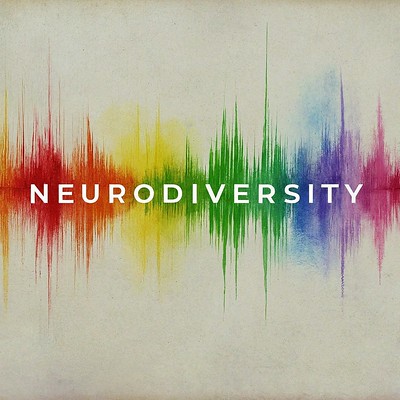Navigating Neurodiversity: Empowering Learners and Educators

Image by Ron Mader (CC BY-SA 2.0)
What is Neurodiversity?
Neurodiversity is the idea that different brain types and ways of thinking are natural and valuable. It recognises that people with conditions like autism, ADHD, dyslexia, and others, think and process information differently, but these differences aren’t flaws. Instead, they are part of the natural variation in human brains. The goal of neurodiversity is to promote understanding, acceptance, and support for people with diverse cognitive styles so that they can thrive in society.
Support and resources for students
If you are aware of students who would like to learn more about neurodiversity, encourage them to visit the specialist area of the DDS website, which provides general information and resources on how to receive support, and guidance on screening, assessment, and study support. Also, direct them to the Neurodivergent Student Society, a safe space for neurodiverse individuals that offers education and development opportunities.
Resources for Staff
For staff who would like to learn more, we recommend exploring the QMA website's Developing Inclusive Education for Neurodivergent Learners section. This resource "aims to help educators taking their first steps to design learning and assessment that can help neurodivergent learners demonstrate their full potential." It also directs staff to existing resources related to inclusion and accessibility. Additionally, you can find information on how to book onto a training session for staff through the CPD site, including an e-learning course and an online workshop delivered by Queen Mary Academy, Disability and Dyslexia Services, and the Neurodivergent Student Society.